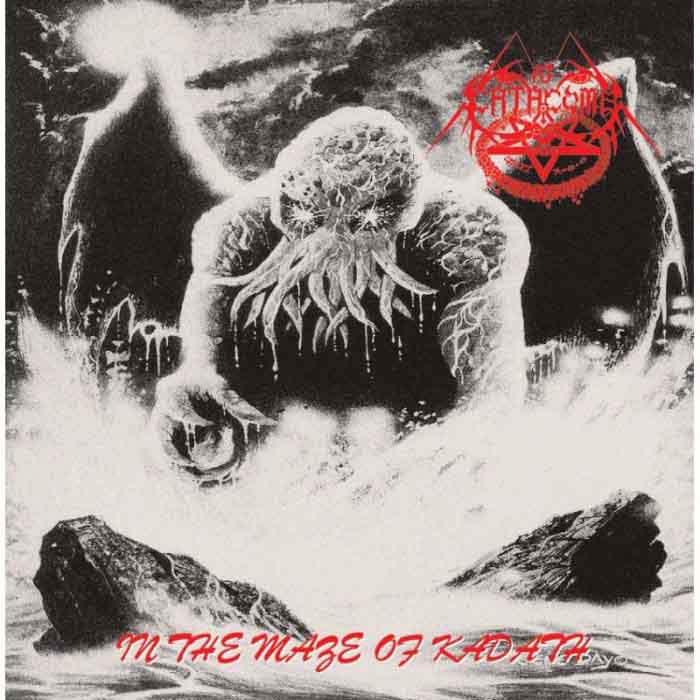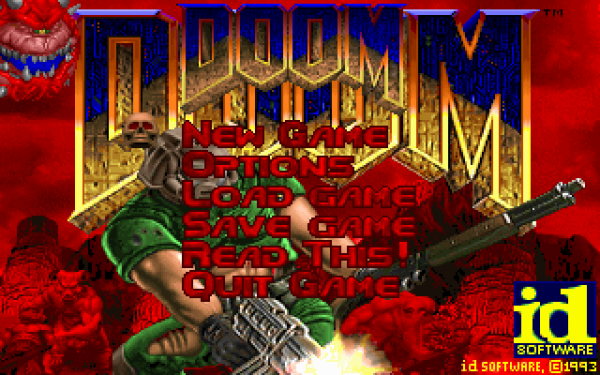
Article by David Rosales
Straight from the peak of the death metal movement comes the French band Catacomb and their 1993 demo / EP In the Maze of Kadath. The production is suitable and enhances the vibe that any death metal band would want, saved from overproduction by the limitations of its time and probably band finances. It is the sort of release that from the time period that has all the right examples of its betters so that it can produce an appropriate atmosphere, but its capacity to create something original and valuable of its own is shaky at best.
Songs are introduced by a monochromatic piano, not unlike that of Goatcraft on All for Naught. After a short passage, the band proceeds to pick motifs from it and move on to a very consciously “progressive” treatment of the music. As I have said before, all good death metal is progressive music, in the sense of the word’s original usage when describing classic and jazz inspired rock bands of the early seventies. Bands that sound more explicitly and intentionally progressive are usually trying something closer to through-composition. The dangers of through-composition, however, can be seen in how acts such as The Chasm meander into nothingness, or in the corners of Timeghoul’s longer explorations, which they barely keep together. Catacomb is an example of a band biting off more than it can chew. While not outright offensive, one gets the feeling that the songs’ storylines get lost, and part of this is because it’s difficult to tell if Catacomb has a clearly defined style or not. It is more like a collection of atmospheric death metal tropes combined with more conventional technique closer to a traditional/speed metal approach, although Catacomb tends to perform at middling tempos.
One strength of this band on In The Maze of Kadath is their haunting use of keyboard, its sound complementing the tone of the guitar as they play in unison. This is a subtlety lost on modern bands who fail to notice how a huge and devouring guitar sound eats up the space where a keyboard would spread to get that truly haunting feeling. Less admirable are the random guitar solos with very little staying power (a lack of correspondence with the music, with which it only shares tonal coherence) and often awkward-sounding arpeggiations. All in all, this is an enjoyable but unimpressive and forgettable work music. If you wanted the progressive ‘chops’ with the dark atmosphere, Timeghoul provides a much better delivery. If that proves too gnarly and the reader only wants that spacey, desolate sound, Thergothon’s Stream from the Heavens would be a far more compelling and potent choice. In the Maze of Kadath may please momentarily and entertain for its cult status, but musically, anything it has to offer has been realized more convincingly in the works of others.
6 CommentsTags: 1993, catacomb, death metal, French Death Metal, in the maze of kadath


